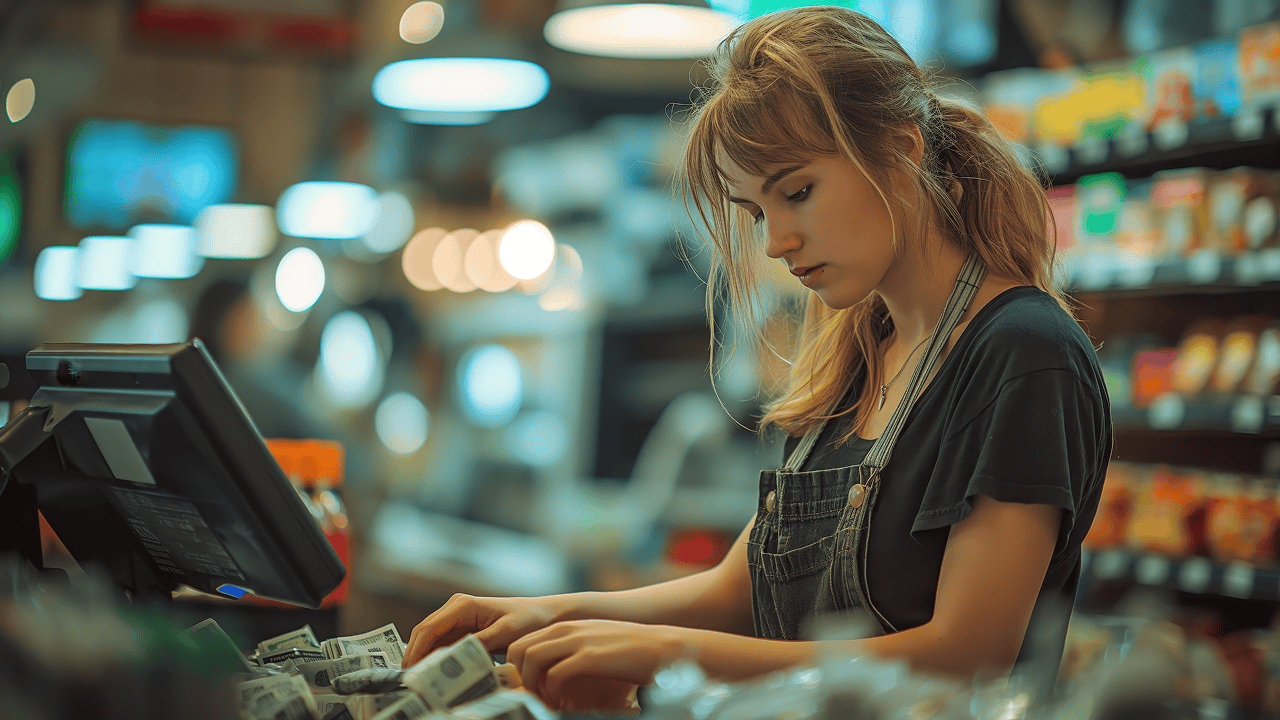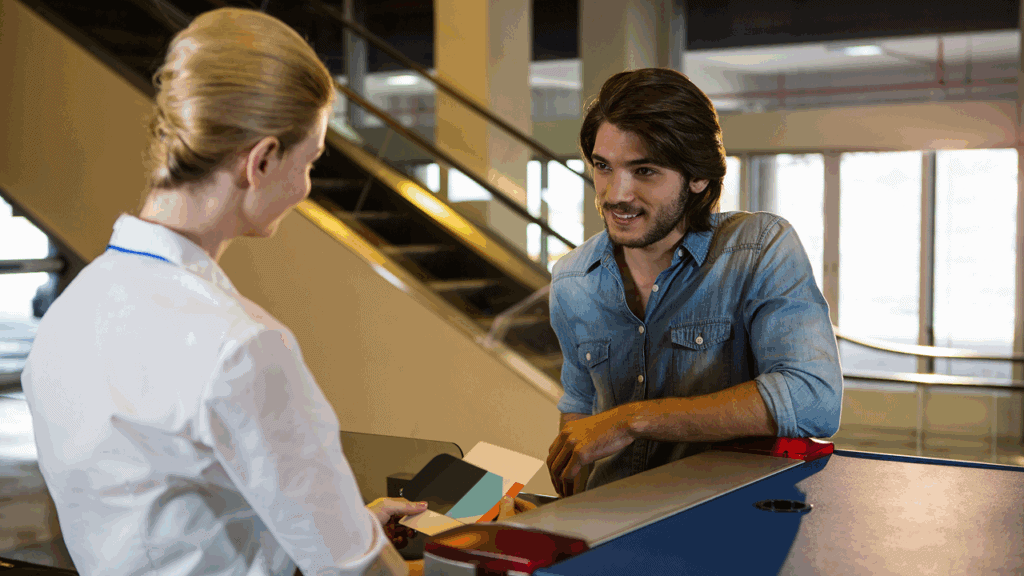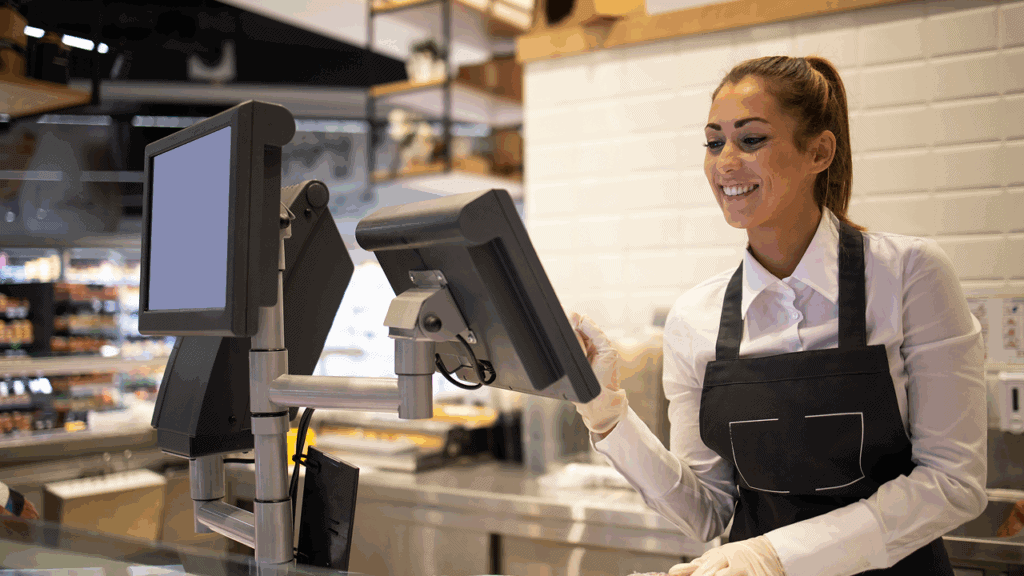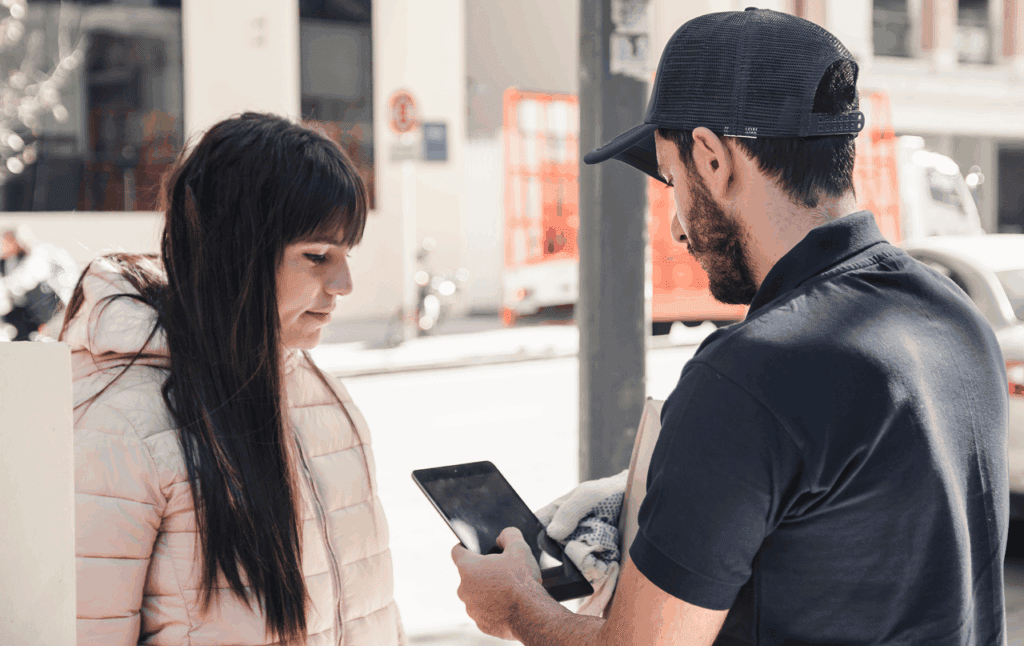
By Emelia Parsons July 10, 2025
The convenience store industry has always thrived on one central promise—speed. In a world where time is of the essence, customers rely on C-stores for fast service, quick grab-and-go items, and simplified purchases. But the definition of “convenience” is shifting rapidly. As consumers embrace technology in all areas of life, self-checkout systems and unmanned C-stores are emerging as the next phase of evolution.
These new models are not just about replacing cashiers or cutting costs. They represent a reimagining of how retail works—driven by digital tools, customer behavior, and operational efficiency. From small-format stores in urban neighborhoods to high-tech kiosks in office buildings, unmanned stores are redefining what it means to shop on the go.
The Evolution of the Checkout Experience
Checkout counters have long been a fixture in retail. For decades, the process involved queuing, scanning items, and interacting with a cashier. While familiar, this setup has often been associated with delays, errors, and limited throughput.

The Problem with Traditional Checkouts
For customers, long lines and wait times can be a dealbreaker. In busy urban areas or peak hours, a 10-minute wait for a bottle of water defeats the very idea of a convenience store. For operators, cash registers require staffing, training, and space—all of which come with costs.
Traditional checkouts also limit how quickly a store can adapt to customer flow. If too few staff are working, lines form. If too many are present, labor costs go up without a matching revenue spike. This balance is hard to maintain consistently.
Changing Consumer Expectations
Customers today are more independent and tech-savvy than ever. They are used to ordering food through apps, checking into hotels via kiosks, and scanning their own boarding passes at airports. In this context, the idea of scanning and paying for items on their own feels natural.
Self-checkout and unmanned stores offer exactly that—control, efficiency, and speed. These innovations align with the lifestyle of modern consumers who value autonomy over interaction.
Understanding Self-Checkout Systems in C-Stores
Self-checkout systems have been widely adopted in supermarkets and big-box retail. Now, they are making inroads into the convenience sector where speed is even more critical.

How Self-Checkout Works in Small Stores
Self-checkout systems typically consist of a touchscreen, barcode scanner, payment terminal, and sometimes a scale to verify items. Customers scan their items, choose a payment method, and complete the purchase—all without needing a staff member.
In C-stores, the process is streamlined even further. Since most purchases involve only a few items, transactions are quick. Many systems now support contactless payments, mobile wallets, and digital receipts, enhancing the user experience.
Benefits for Customers and Owners
For customers, self-checkout means avoiding lines and getting in and out faster. It offers privacy and convenience, especially for those who prefer minimal interaction. For store owners, it reduces labor dependency, allowing one attendant to oversee multiple stations or handle other in-store tasks.
Self-checkout also leads to fewer pricing disputes and faster peak-hour processing. With accurate scanning and real-time data tracking, store performance improves without sacrificing service quality.
The Rise of Unmanned C-Stores: A Look at Fully Automated Retail
Taking the concept even further are unmanned C-stores—stores that operate with little to no human supervision. These retail spaces use a mix of technology to enable a seamless, cashier-free shopping experience.
What Is an Unmanned Store?
Unmanned stores are typically small retail outlets where customers can enter using a mobile app or a digital ID, scan items themselves, pay through an app, and leave without any staff interaction. Some stores even use sensors, AI, and cameras to track what items are picked up, automatically charging the customer upon exit.
Examples include high-tech stores in office complexes, university campuses, transportation hubs, and even residential buildings. These outlets are often open 24/7 and operate in areas where staffing a full-time retail team may not be feasible.
Technology Behind the Scenes
The core technologies powering unmanned stores include computer vision, AI-powered cameras, shelf sensors, facial recognition, and real-time payment processing. Some stores also use smart locks and QR-code entry systems for added security.
Inventory is monitored in real time, and restocking is handled through predictive analytics. If stock runs low, alerts are sent to the operations team. The data collected can also inform product mix, pricing, and layout.
How Self-Checkout and Unmanned Stores Improve Efficiency
Efficiency is not just about speed. It’s about reducing friction, cutting operational costs, and improving consistency. Both self-checkout and unmanned store models contribute to these goals.
Lower Operating Costs
While the initial investment in self-checkout hardware or unmanned store infrastructure can be significant, the long-term savings are notable. Fewer staff are needed, and stores can operate longer hours—or even continuously—with limited human presence.
Energy usage can also be optimized. Smart lighting, motion sensors, and automated refrigeration systems reduce overhead costs in unmanned environments.
Scalable Store Models
For operators looking to expand quickly, unmanned formats offer a flexible solution. Pop-up stores, temporary kiosks, or micro-locations can be set up with minimal space and staffing needs. These models are especially appealing in high-traffic areas where rent is high and labor costs add up.
Addressing the Concerns: Security and Shoplifting
One of the main concerns about removing human oversight from checkout is security. What prevents theft or misuse in self-serve or unmanned environments?

Preventive Technology Measures
Modern self-checkout and unmanned systems use surveillance cameras, electronic article surveillance (EAS) tags, and motion sensors to deter theft. In some stores, suspicious behavior triggers alerts for remote staff monitoring the feed in real time.
Unmanned stores often restrict entry to verified users only, using mobile app registration, ID verification, or membership systems. This creates accountability and reduces casual misuse.
Customer Honesty and Behavioral Trends
Interestingly, studies have shown that when customers understand they are being monitored digitally, most behave responsibly. Transparency about surveillance and strong signage help reinforce this behavior.
Some retailers even employ passive deterrents like friendly recorded messages or facial recognition screens that greet customers. These subtle cues can have a big impact on theft reduction.
Who Is Driving the Shift? Retailers and Innovators to Watch
Several companies are leading the way in reshaping the C-store landscape with self-service and unmanned solutions.
Tech-Driven Startups and Giants Alike
Brands like Amazon with its “Amazon Go” stores have made headlines with their “just walk out” technology. Smaller startups are also entering the field with scalable solutions tailored for small businesses and independent operators.
Companies specializing in retail automation are building turnkey platforms that allow existing C-stores to retrofit their locations with self-checkout capabilities. These solutions often include hardware, software, and support in a single package.
C-Store Chains Adopting Automation
Some regional and national convenience chains are piloting unmanned store formats in urban areas, college towns, and transit hubs. These stores cater to digital-native customers who value speed and innovation.
The shift is not limited to large players. Independent retailers are beginning to explore automation as a way to stay competitive and manage rising labor costs.
The Customer Experience in a Staff-Lite Environment
Removing staff from the checkout process does not mean removing service. In fact, self-service models can still deliver a positive, personalized experience when implemented thoughtfully.

Frictionless Checkout = Higher Satisfaction
For customers in a hurry, nothing is more valuable than a quick and easy exit. When the process is seamless—no lines, no waiting, and minimal effort—the overall perception of the store improves.
Stores that provide intuitive interfaces, helpful signage, and responsive support (through kiosks or in-app chat) can maintain high levels of satisfaction, even with minimal staff.
Creating Trust in a Digital-First Space
Clear communication is key. Customers need to know how the store works, what their responsibilities are, and how to get help if needed. Tutorials, onboarding prompts, and customer service touchpoints help bridge the gap in unmanned setups.
Trust also comes from reliability. The technology must work consistently. Payment systems should process smoothly. Entry and exit mechanisms should be dependable. When customers can rely on the system, trust builds naturally.
Challenges and Limitations to Consider
Despite the promise of self-checkout and unmanned stores, the transition is not without hurdles. Technical, financial, and cultural challenges must be addressed to ensure success.

Upfront Costs and Integration Complexity
The cost of hardware, installation, and training can be high. Store owners must also navigate integration with existing POS systems, payment processors, and inventory tools.
Support and maintenance become critical. A malfunctioning kiosk can disrupt service and lead to lost sales or customer dissatisfaction.
Customer Readiness and Learning Curve
Not all customers are ready for fully automated retail. Older demographics, individuals with disabilities, or non-tech-savvy users may struggle with self-checkout systems.
Stores must be prepared to assist those who need help and provide alternative options where possible. Blended formats that combine self-service with staffed assistance are often a good transitional step.
Future Trends: Where Are We Headed?
The rise of self-checkout and unmanned C-stores is just the beginning. As technology becomes more sophisticated, new possibilities are emerging that will continue to reshape the retail experience.
AI-Powered Personalization
Imagine a store that recognizes your preferences, recommends items based on your past purchases, and offers real-time discounts—all while you shop independently. AI and machine learning will drive personalized, responsive retail environments.
Integration with Smart Cities
Unmanned stores will become key components of smart urban infrastructure. They will pop up in lobbies, subways, and residential complexes, offering hyper-convenient access to essentials without staffing or operating constraints.
As more people live in dense cities and work non-traditional hours, 24/7 unmanned access to goods will become not just helpful but expected.
Conclusion: The Next Era of Convenience Has Arrived
Convenience retail is undergoing a fundamental transformation. Traditional checkouts, while still functional, are giving way to faster, smarter alternatives. The rise of self-checkout and unmanned C-stores marks a new chapter—one that values speed, independence, and digital innovation. For operators, this shift presents both challenges and exciting opportunities. Those who invest wisely, understand their customer base, and leverage technology effectively can position themselves at the forefront of the new convenience economy. And for customers, the benefits are clear—no more lines, no unnecessary delays, just a frictionless shopping experience that lives up to the very definition of convenience.